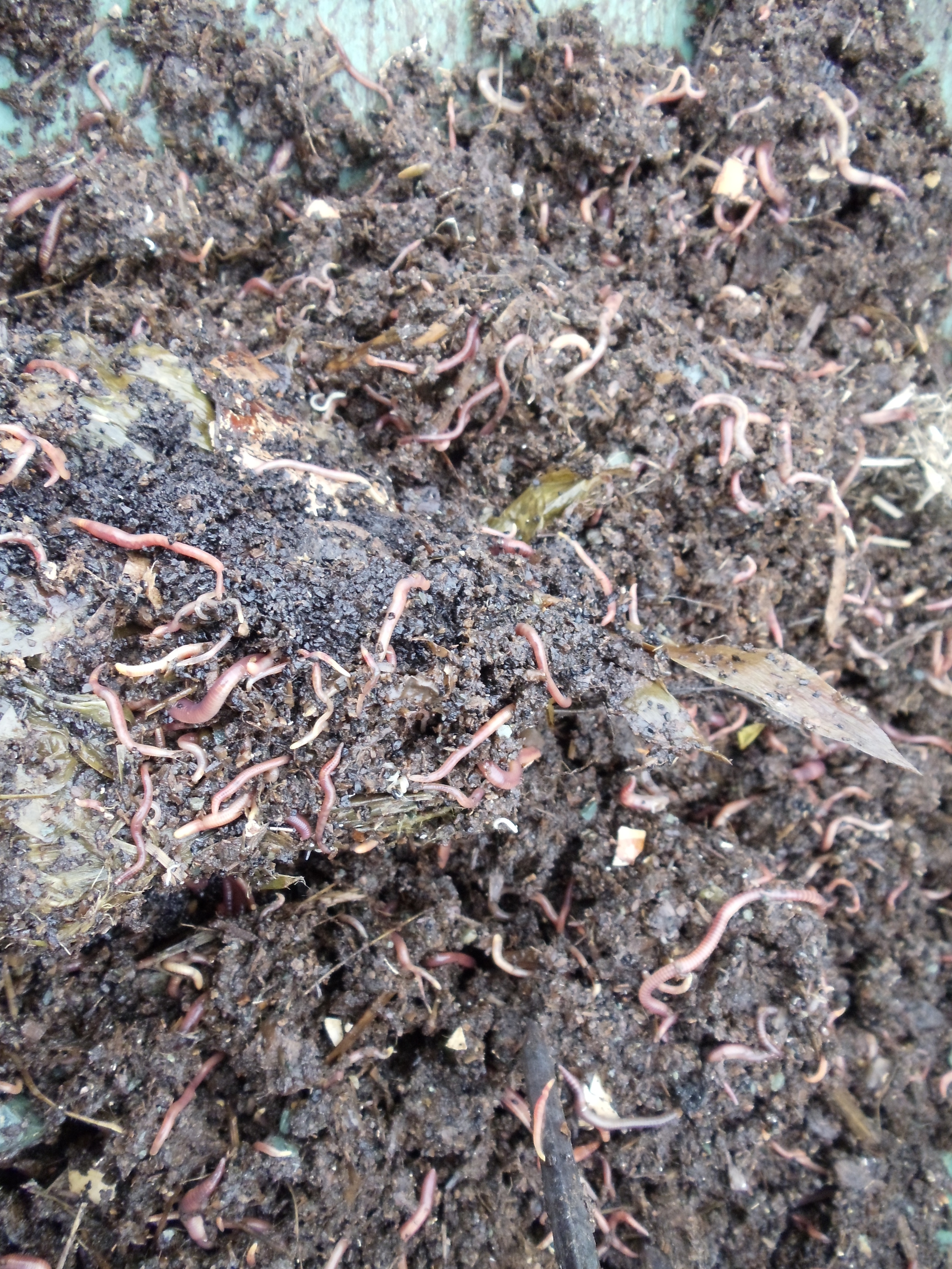How to Avoid Some Common Problems When Vermicomposting:
The following info comes from p. 73 of the Composting Workshop. Find out lots more about vermicomposting and backyard composting in that workshop or on the MMSB and MUN Botanical Garden websites. Ask your composting questions on the forum.
Fruit flies
- Bury food scraps under the bedding in your vermicompost bin and then cover the bedding with a layer of burlap or cardboard.
- Keep the lid of the bin closed as much as possible.
- Do not add more food than the worms in your bin can decompose quickly, because food that sits for a long period of time may attract flies.
- Avoid putting in whole pieces of fruit, especially citrus, that break down slowly.
Unpleasant odours
- Fluff up the contents every once in a while to promote air flow.
- Choose bedding materials that do not compact densely.
- Make sure that your bin has air holes on the sides and in the lid.
- If you notice a lot of moisture in the bin, add drainage holes and a water cache below the bin. Empty the water cache regularly.
Contents too wet
- If the bin does not have drainage holes, carefully pick it up and angle it to pour off excess water into a sink or outdoors. You may want to use a strainer to catch any worms or compost that may fall out as the water pours.
- Do not add more food than the worms in your bin can decompose quickly because food that sits for a long period of time may begin to smell.
- Avoid putting in whole pieces of fruit, especially citrus, that break down slowly.
- Mix in more dry bedding ingredients.
- Leave the burlap on top of the bedding but take the lid off the bin to allow it to air out a bit. Be sure to do so in a brightly lit place so that worms stay down below.
- Add drainage holes and a water cache below the bin. Empty the water cache regularly.
- Make sure that drainage holes are not blocked at the bottom of the bin.
Contents too dry
- Spritz the contents of the bin with water.
- Fluff the contents so that wetter food scraps and dry bedding are in better contact with each other.



